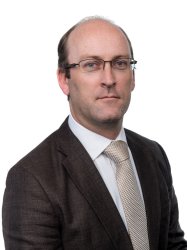BibTex format
@article{Stafford:2019:10.1007/s10518-018-0425-6,
author = {Stafford, PJ and Zurek, BD and Ntinalexis, M and Bommer, JJ},
doi = {10.1007/s10518-018-0425-6},
journal = {Bulletin of Earthquake Engineering},
pages = {4417--4439},
title = {Extensions to the Groningen ground-motion model for seismic risk calculations: component-to-component variability and spatial correlation},
url = {http://dx.doi.org/10.1007/s10518-018-0425-6},
volume = {17},
year = {2019}
}

